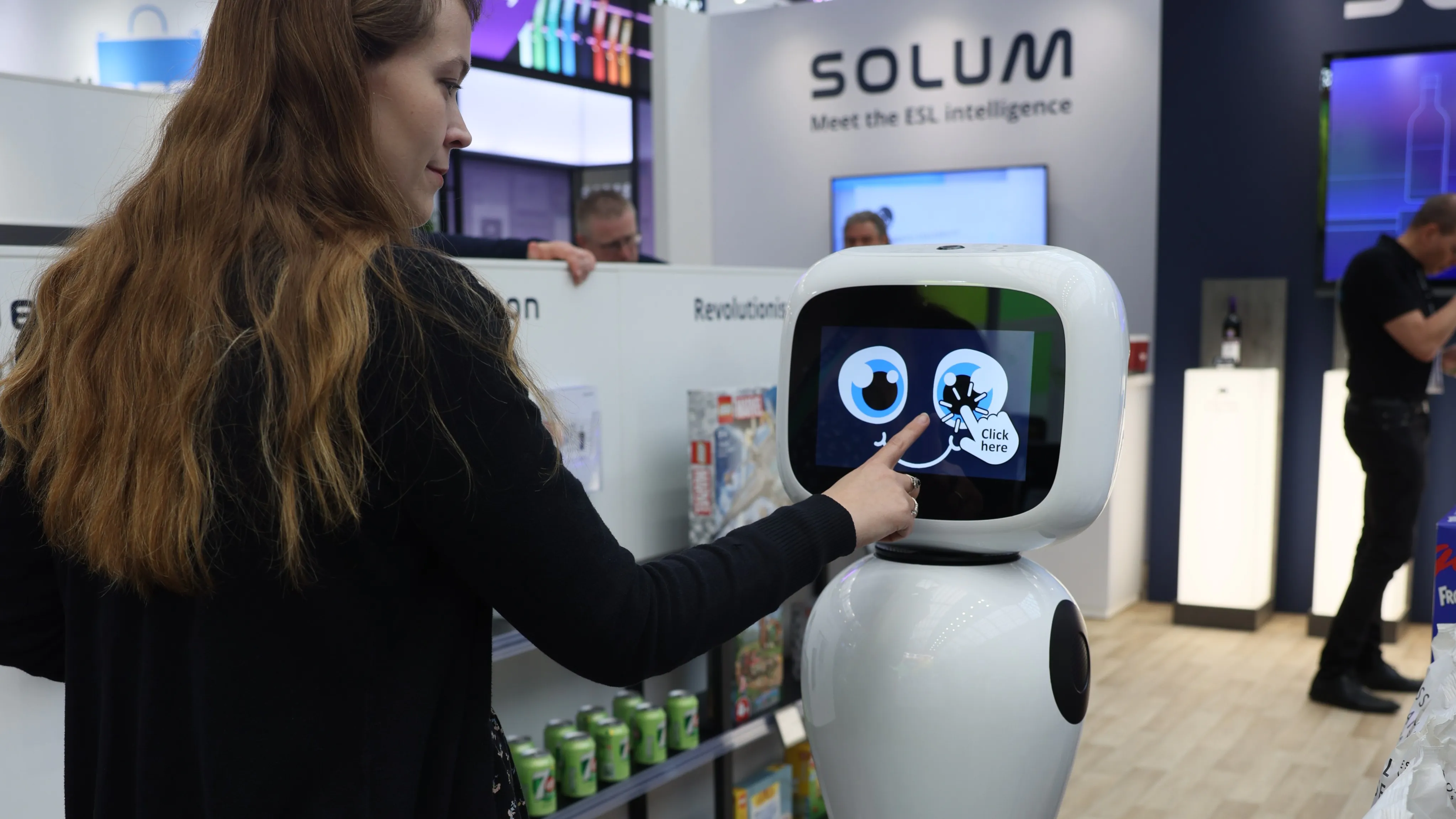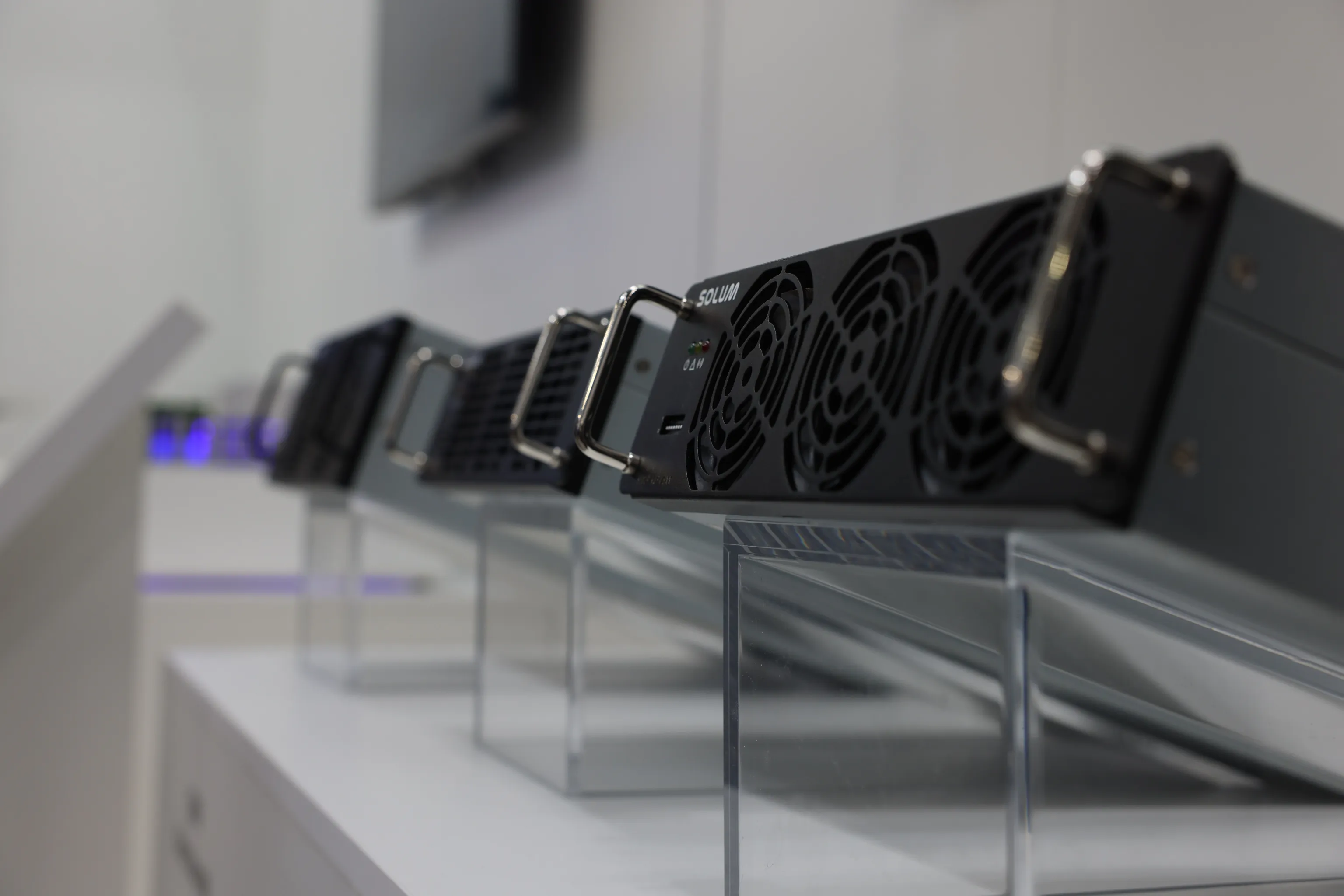When it comes to building a sustainable and energy-efficient future, smart energy is starting to establish itself as one of the keys to success. Smart energy focuses on using renewable energy sources and optimizing the way people interact with and use energy. But what is smart energy? How can it help communities and individuals to be more eco-friendly and energy-efficient?
What is smart energy?
Smart energy refers to the use of advanced technologies, devices, or systems to manage, produce, distribute, and consume energy in an efficient, sustainable, and cost-effective manner. It integrates various aspects of energy management and processes to optimize performance, enhance reliability, and reduce environmental impact as much as possible. This can be done in individual homes and residential settings, big organizations, businesses, and more.
The objective of smart energy management encompasses various sustainability efforts. This is why more and more companies and individuals are investing in or prioritizing smart energy usage. According to Precedence Research, the global smart energy market was valued at 160.82 billion USD in 2023 and is projected to be worth around USD 394.99 billion by 2032. North America has the largest revenue stream in the smart energy market, with 42%. There are investments in smart grid technologies, IoT devices, and renewable energy implementation in this region. The Asia Pacific, however, is estimated to have the fastest growth and expansion in smart energy. The rise in urbanization and a need for sustainable solutions are influencing the adoption of smart energy management.
A survey by Johnson Controls in late 2020 also found that more than half of organizations plan to increase investment in energy efficiency, renewable energy, and smart building technology in the next few years. Overall, it’s clear that smart energy is starting to become a priority among developing countries, urban locations, and modern communities.
What is renewable energy?
Renewable energy refers to energy generated from natural resources that are continuously replenished, such as sunlight, wind, rain, tides, waves, and geothermal heat. Renewable energies are a big part of smart energy management nowadays. The push for renewable, smart energy can drive down energy costs and contribute largely to the sustainability efforts of communities and organizations.
Here are a few types of renewable energy that can be integrated into smart energy management:
- Solar Energy
-Photovoltaic (PV) Systems: They convert sunlight directly into electricity using solar panels.
-Concentrated Solar Power (CSP): This uses mirrors or lenses to concentrate sunlight and generate heat, which is then used to produce electricity. - Wind Energy
-Onshore Wind Farms: These are wind turbines located on land that convert wind energy into electricity.
-Offshore Wind Farms: These, on the other hand, are wind turbines located in bodies of water, usually in the ocean, where wind speeds are higher. - Hydropower
-Large Hydropower Plants: These use dams to store water in reservoirs and release it to generate electricity.
-Small Hydropower Systems: These hydropower systems generate electricity from small streams or rivers without large dams.
-Pumped Hydro Storage: They store energy by moving water between two reservoirs at different elevations. - Biomass Energy
-Direct Combustion: This burns organic materials like wood, agricultural residues, and waste to produce heat and electricity.
-Biofuels: Biofuels convert biomass into liquid fuels like ethanol and biodiesel for transportation. - Geothermal Energy
-Geothermal Power Plants: These power plants use heat from the Earth's core to generate electricity.
-Geothermal Heat Pumps: These utilize stable ground temperatures for heating and cooling buildings. - Ocean Energy
-Tidal Energy: This energy generates electricity from the movement of tides.
-Wave Energy: This converts energy from surface waves into electricity.
-Ocean Thermal Energy Conversion (OTEC): This uses temperature differences between surface water and deep water to generate electricity.
Use cases of smart energy
Smart energy has a wide range of use cases across various sectors. They are leveraging this concept through advanced technologies and systems to improve efficiency, sustainability, and reliability in their businesses, operations, and even daily living.
Some of the key use cases and significance of smart energy include the following:
Smart Grids
Smart grids are electricity networks that use digital communication technology, such as sensors and software. Smart grids detect and react to local changes in usage, improve the reliability of the power supply, and integrate renewable energy sources. These grids enable two-way communication between the utility and its customers, and they can automatically adjust to changing conditions.
Renewable Energy Integration
Smart energy systems prioritize the incorporation of renewable energy sources like solar, wind, and hydropower. This includes small-scale renewable energy installations, such as rooftop solar panels, which can be integrated into the broader energy system. They reduce reliance on centralized power plants and lower transmission losses. These systems manage the variable nature of renewables by using technologies such as energy storage and demand response to balance supply and demand.
Energy Storage
Technologies like batteries, pumped hydro, and thermal storage allow for the storage of energy when production exceeds demand and its release when demand exceeds production. This helps stabilize the grid and makes renewable energy more reliable or accessible.
Residential and commercial energy storage solutions may also allow consumers to store energy for later use, enhancing energy independence and reducing peak demand charges.
Energy Management Systems (EMS)
These systems monitor, control, and optimize the performance of the generation and consumption of energy. EMS can be used at the level of individual buildings, industrial sites, or entire cities.
Building energy management helps monitor and control energy usage, optimizing heating, cooling, lighting, and appliance operations based on occupancy and usage patterns, leading to significant energy savings. Meanwhile, in industrial settings, EMS optimizes the energy consumption of machinery and processes, reducing operational costs and improving overall efficiency.
Demand Response Programs
This involves adjusting the demand for power instead of adjusting the supply. By incentivizing consumers to reduce or shift their power use during peak times, utilities can avoid overloading the grid and reduce the need for additional power plants. Demand response programs can be implemented in residential settings, as well as commercial settings.
Smart Meters
These devices provide real-time data on energy use to both consumers and utilities. Smart meters help consumers understand their consumption patterns and can facilitate time-of-use pricing, where electricity rates vary based on demand. Some utilities can also remotely read smart meters, which reduces the need for manual meter readings and improves billing accuracy.
Internet of Things (IoT)
IoT devices, such as smart thermostats, smart lighting systems, and smart appliances, can be interconnected to create a more efficient and responsive energy ecosystem within various settings. These devices can be remotely controlled and programmed to operate at optimal times.
Big Data and Analytics
By collecting and analyzing large amounts of data from various sources, utilities can predict demand, detect faults, and optimize the operation of the energy system. Analyzing consumption patterns also helps utilities forecast demand more accurately. This ensures an adequate supply and optimizes resource allocation. This leads to more informed decision-making and improved system performance.
Plug-in Electric Vehicles (EVs) and EV Charging
The integration of EVs into the energy grid (also known as V2G integration or vehicle-to-grid) allows for new forms of energy storage and demand response as well. EVs can serve as mobile energy storage units, supplying power back to the grid during peak demand periods and charging during off-peak times, aiding in grid stabilization.
Meanwhile, smart EV charging stations are equipped with smart technology that can optimize charging performance and charging schedules. They can adjust based on grid conditions and energy prices, which enhances grid efficiency and reduces costs for EV owners. An example of this would be the SOLUM EV Charger, in which advanced technologies ensure reliable, sustainable, and efficient EV charging every time. SOLUM Group brings smart EV charging to electric cars with the SOLUM EV Charger, contributing to the overall smart energy management of individuals and organizations.
Microgrids
These are localized energy systems that can operate independently or in conjunction with the main grid. Community microgrids are localized grids that can provide reliable power to communities, especially during outages or in remote areas. Corporate microgrids, on the other hand, ensure energy security for businesses, reduce reliance on the main grid, and integrate renewable energy sources for sustainability. These kinds of microgrids enhance energy security and resilience by allowing communities or facilities to generate and manage their own power.
These particular use cases demonstrate the versatility and potential of smart energy technologies for various individuals and communities. They can transform the way energy is produced, distributed, and consumed among people. This ultimately leads to a more efficient, sustainable, and resilient energy system.
Why is smart energy important?
Smart energy is important for several critical reasons. Remember that it contributes to the bigger and overarching goals of sustainability, efficiency, and reliability in various energy systems. Here are the key reasons why smart energy is essential:
It improves environmental stability
It helps with the reduction of greenhouse gas emissions. Smart energy systems facilitate the integration of renewable energy sources such as solar and wind, which have lower carbon footprints compared to fossil fuels.
Of course, it also helps improve energy efficiency. By optimizing energy use through smart technologies, less energy is wasted, leading to lower emissions and a reduced environmental impact.
It has economic benefits
Improved energy efficiency and demand management can lead to significant cost savings for consumers and utilities. For instance, smart meters and energy management systems allow consumers to improve their energy use and reduce their bills.
Smart energy also helps create new jobs within communities and cities. The deployment of smart energy technologies creates jobs in sectors such as renewable energy, technology development, and energy management services. Job creation and cost savings are significant economic benefits from smart energy.
It contributes to energy security and reliability
Smart energy grids enhance the stability and reliability of the energy supply by quickly detecting and responding to outages, balancing supply and demand, and integrating diverse energy sources. It’s also important to note that technologies like microgrids and energy storage improve resilience by allowing parts of the energy system to operate independently during emergencies or outages.
It helps empower individuals and consumers
Smart energy management also contributes to more informed decisions. Smart meters and energy management systems provide consumers with detailed information about their energy use. This enables individuals to make more informed decisions and adopt energy-saving behaviors.
This also leads to participation in energy markets. Demand response programs allow consumers to participate in energy markets by reducing or shifting their energy use in response to price signals or incentives. This further contributes to grid stability.
It helps foster technological innovation
Smart energy systems incorporate the latest advancements in IoT, big data, artificial intelligence, and machine learning. This drives innovation and technological progress in the energy sector. The facilitation of electric vehicles can also be expected with the rise of smart energy. The integration of electric vehicles into smart grids not only promotes cleaner transportation but also provides new ways to manage and store energy.
It enhances scalability and flexibility
Smart energy helps in adaptation to future needs. This is because smart energy systems are designed to be scalable and adaptable, allowing them to meet future energy demands and integrate new technologies as they develop. Smart energy supports decentralized energy production, such as rooftop solar panels, enabling a more distributed and resilient energy infrastructure.
It has a global impact
And of course, smart energy helps meet the climate goals of communities, cities, and more. The adoption of smart energy technologies is crucial for countries to meet their climate goals and commitments under international agreements like the Paris Agreement.
Sustainable development is also another reason why smart energy is crucial. By promoting cleaner and more efficient energy use, smart energy contributes to sustainable development goals, including affordable and clean energy for all.
In conclusion, smart energy is important because it addresses critical challenges related to environmental sustainability, economic efficiency, energy security, and global impact. By transforming the way energy is produced, distributed, and consumed, smart energy systems play a pivotal role in creating a sustainable and resilient energy future for people.
Is smart energy cheaper?
Smart energy solutions can lead to cost savings over time, this much is true. However, it’s also important to remember that the extent of these savings will also depend on various factors, such as initial investment costs, energy consumption patterns, regulatory environments, and the specific technologies implemented.
Here are a few ways in which smart energy can contribute to cost-effectiveness:
- Energy management systems (EMS), smart appliances, and LED lighting help optimize energy use and reduce waste.
- Smart grids enable utilities to implement dynamic pricing models where electricity prices vary based on demand and supply conditions.
- While the upfront costs of installing renewable energy systems like solar panels or wind turbines can be significant, they offer long-term savings by generating electricity at lower or zero operating costs.
- Smart energy solutions, such as predictive maintenance enabled by big data analytics, can help utilities optimize maintenance schedules and reduce downtime.
- Smart energy has a lot of potential and significance, especially in the modern world today. It will be no surprise as more and more governments, companies, and individuals invest in smart energy initiatives.
Talk to SOLUM Group experts today to know how you can start your smart energy journey with something as straightforward as EV charging.











